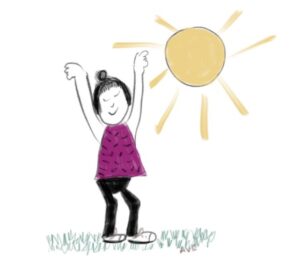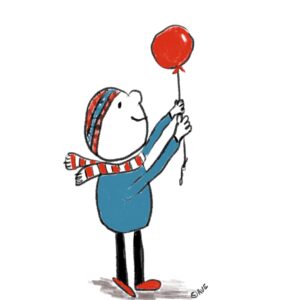
“We are shaped by our thoughts; we become what we think. When the mind is pure, joy follows like a shadow that never leaves.” – Buddha
Why do you have most of what you dreamed about–maybe a good career, family, friends and a safe home and yet still not be joyful? My clients report many reasons—they feel stressed, overwhelmed and are facing the uncertainty in the world these days. Yes. Emotions are contagious, and there are many reasons to feel down and stressed these days.
Is it even possible to live from a place of joy? Yes, we can be open to the life force within us and experience wellbeing or JOYBeing.
We need to set our intention to be open and to experience joy. We can then begin to notice moments of joy, such as seeing a beautiful sunset or hearing the laugh of a child, and savoring these moments. When we savor small moments of joy, we build the mental muscle of noticing more joy.
We can check-in on our self-talk and notice our predominant emotions. Are you telling yourself that things will never work out and you will never get ahead or are you appreciating what is working and all that you are and have?
What behaviors are supporting joy? We know that when we take care of ourselves by getting enough sleep, having healthy eating habits and exercising we are better able to manage stress and can be more receptive to JOYBeing. We can also engage in actions that bring us joy such as listening to music, being with friends and engaging in hobbies.
Another strategy is to stop waiting to be joyful when… you have a better job, have a kid, move, achieve that project, etc. Instead, focus on what is going well now and let yourself experience the joy of this moment. We can notice our internal talk and trust that we and things are good enough. Many of us are so hard on ourselves. Instead, we can focus on being self-compassionate. Rather than seeing joy as a destination, allow JOYBeing to be your partner on this journey of life. Can you allow joy now?
Finally, recognize that when you experience JOYBeing, you positively influence those around you. What can be better than knowing that you are making a difference through your presence.
Set your intention to experience JOYBeing and take action to do so.

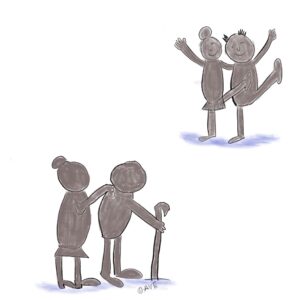
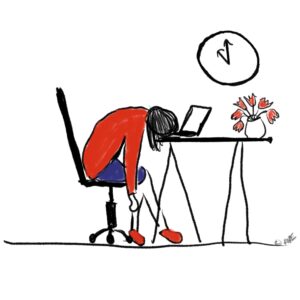
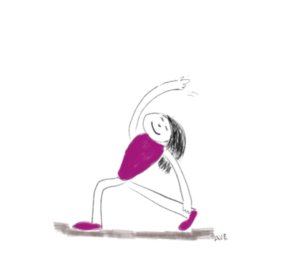
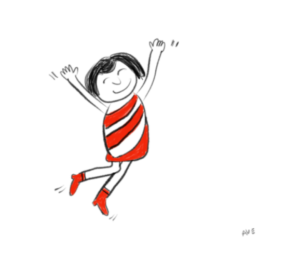
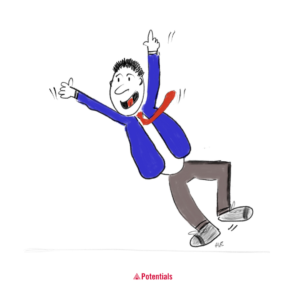
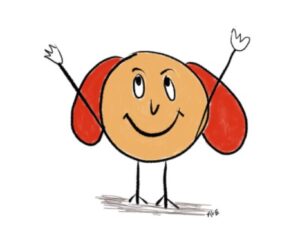

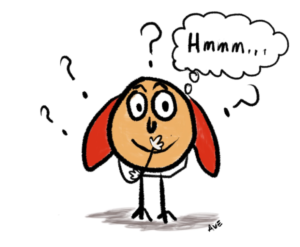 In my OASIS Conversations Course, I ask participants to experience being curious with a partner. I instruct them to be genuinely curious about their partner and begin each sentence with, “I’m curious….For example, they could say, “I’m curious about your experience with your cat that I see on Zoom.” or “I’m curious about how you plan to spend the holiday.” or “I’m curious about your role and how you are applying what we are learning.” When a person is genuinely curious, their partner seems to come to life. The partner shares freely and both partners are energized and experience connection. In fact, the energy of the whole class is elevated with this simple exercise.
In my OASIS Conversations Course, I ask participants to experience being curious with a partner. I instruct them to be genuinely curious about their partner and begin each sentence with, “I’m curious….For example, they could say, “I’m curious about your experience with your cat that I see on Zoom.” or “I’m curious about how you plan to spend the holiday.” or “I’m curious about your role and how you are applying what we are learning.” When a person is genuinely curious, their partner seems to come to life. The partner shares freely and both partners are energized and experience connection. In fact, the energy of the whole class is elevated with this simple exercise. 